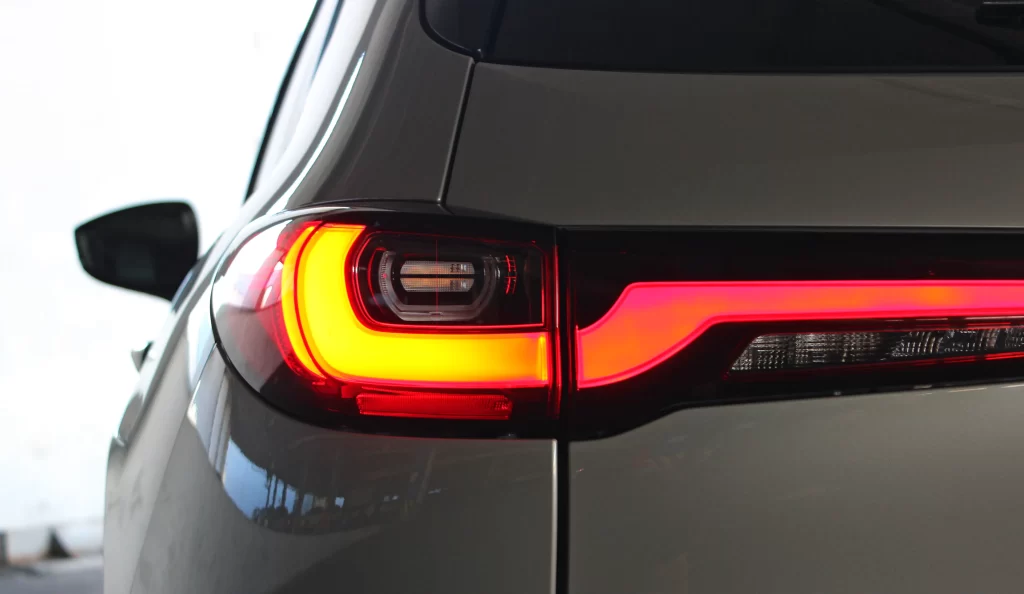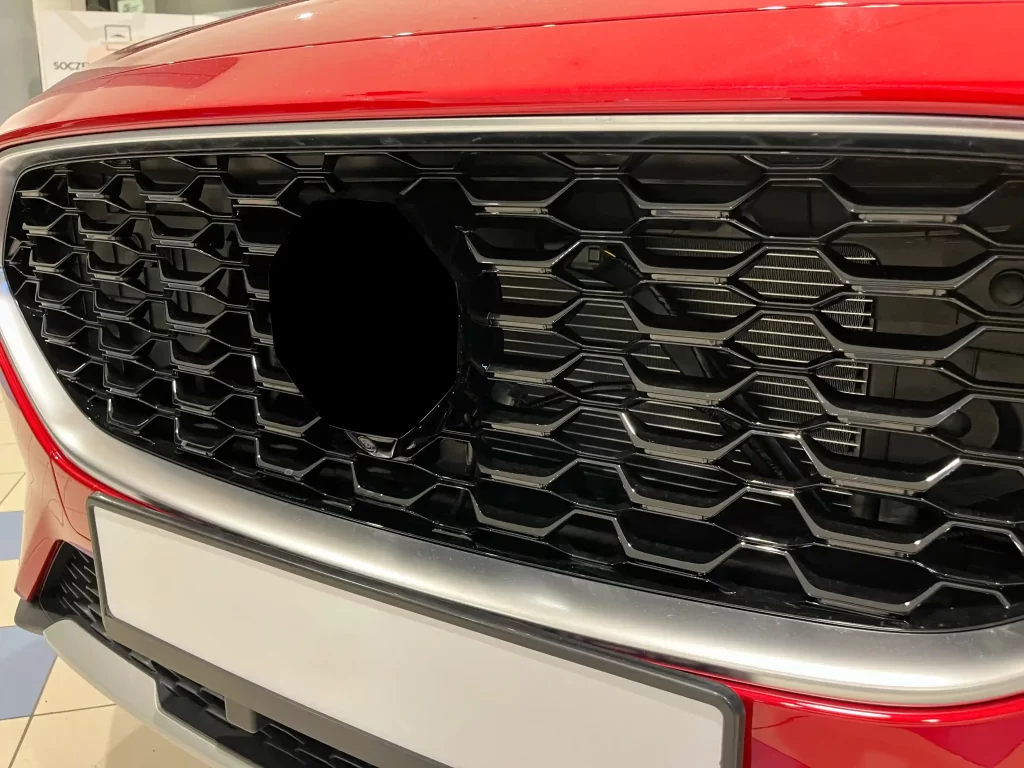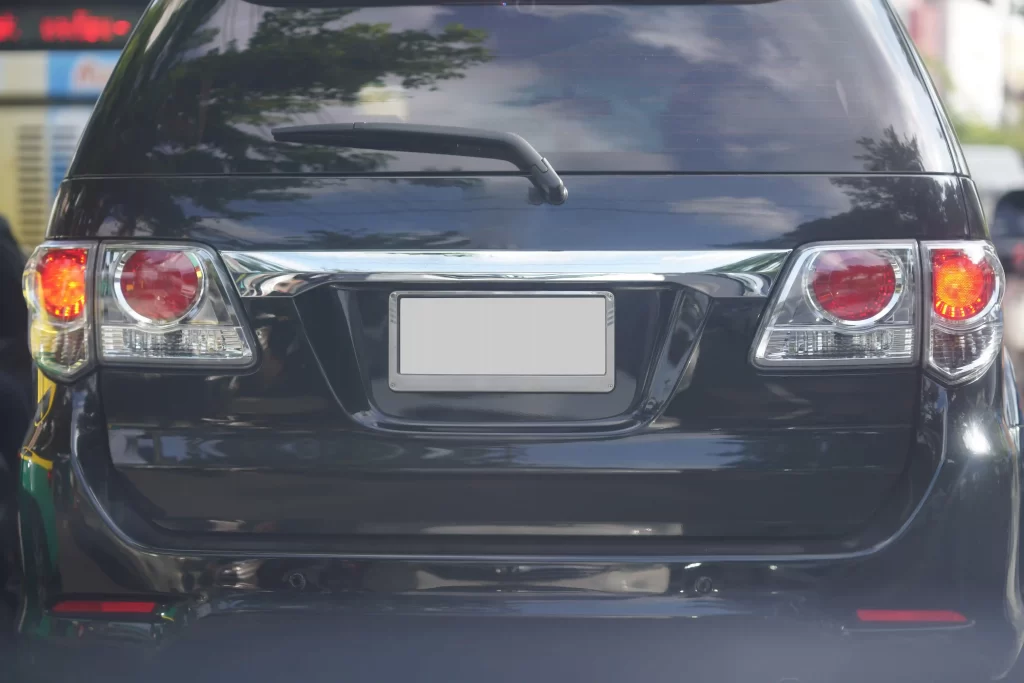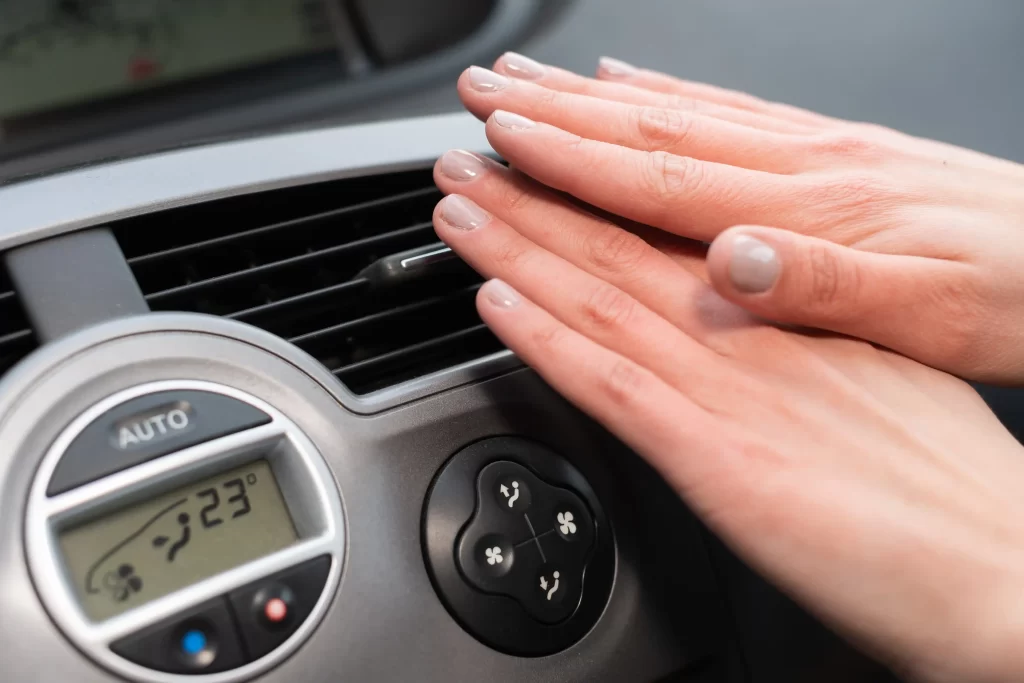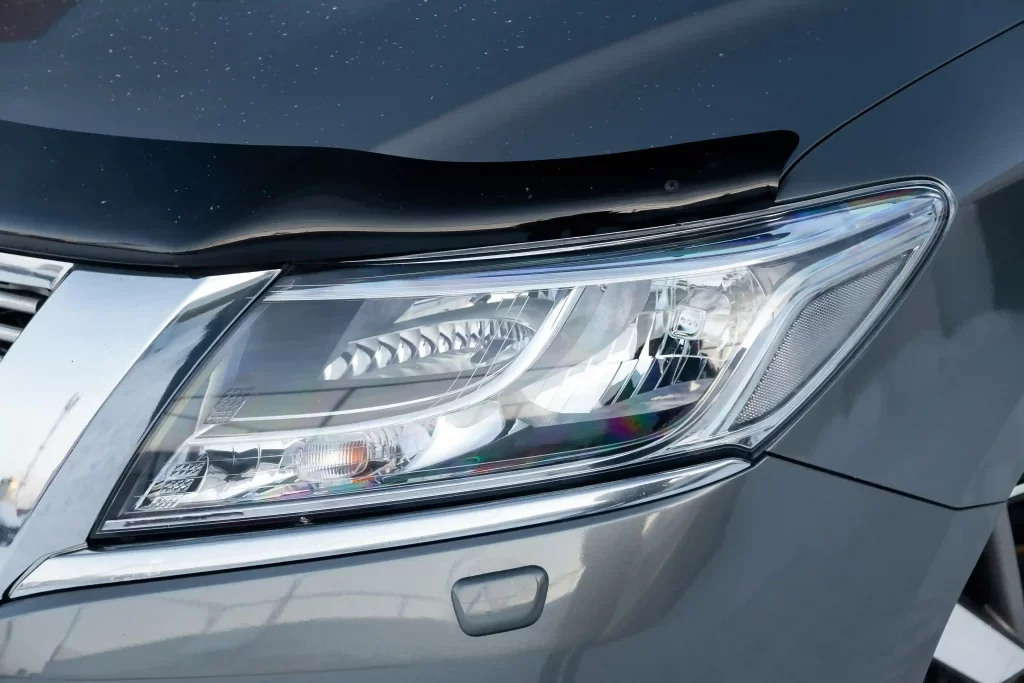Tail lamps are not so much lights on the back of a vehicle—these are important factors that enhance safety, communication, and aesthetics. They indicate other drivers that the vehicle is slowing down, turning, or reversing, especially during bad weather or limited light. Tail lamp technology has been a long way from its traditional days of the use of halogen bulbs, to power-saving and highly sensitive LEDs and OLEDs. Not only has this revolutionized how things operate, but it has also allowed designers to add more advanced and fashionable elements to vehicle designs. High-quality tail lamps offer better visibility, long-lasting performance, and an all-around better driving experience. Modern tail lamps combine technology, safety, and fashion to maximize the performance and design of any vehicle.
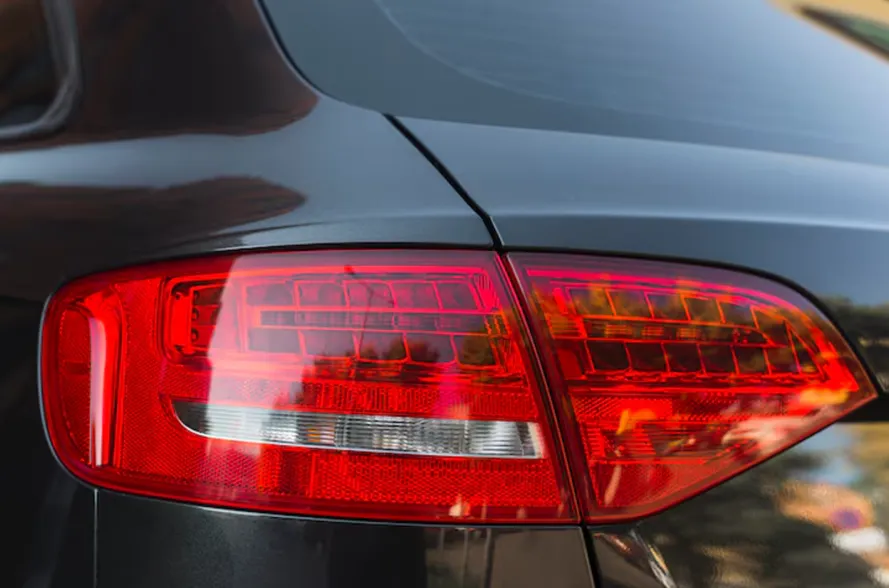
Tail Lamps and Vehicle Safety
Tail lamps are critical in ensuring road safety through making the driver visible to other users of the road and relaying the driver’s intentions. Working tail lamps are a must to prevent accidents, especially when driving under the cover of darkness or under difficult weather conditions, such as rain, fog, or snow.
Visibility in Low Light and Adverse Conditions
High-quality tail lamps are designed to offer maximum visibility, even in harsh lighting conditions. With their highly visible LEDs, the rear of the car is clearly visible to other drivers, avoiding rear-end crashes. As opposed to older halogen lamps, new LEDs emit a more focused and stable beam of light, which remains visible from far away. This increased visibility is particularly important in busy traffic or poorly lit road conditions. Secondly, advanced tail lamp design often includes reflector surfaces within the housing to provide improved dispersal of light so that the vehicle can be seen from both sides, providing an added level of safety.
Signaling Intentions
Tail lamps don’t only glow—They communicate vital driving intentions. Brake lights, turn signals, and reverse lights work together to inform other drivers of upcoming maneuvers. Modern LED lamps are especially helpful in this regard as they light up faster than conventional bulbs, providing other cars with precious milliseconds in which to react. Sequential turn signals, now a feature standard on many models, make sure to well and simply indicate the direction one is turning, reducing confusion and enhancing road safety. Efficient signaling by advanced tail lights means that traffic movement isn’t disturbed and accidents caused by miscommunication among drivers are minimized.
Safety Compliance
Tail lights are designed to comply with tight international safety standards. This makes vehicles road-legal while also seeing to it that occupants as well as other users of the road are afforded maximum protection. Standards regulate such parameters as intensity of light, color, response time, and durability under adverse conditions. Good-quality tail lamps not only comply with such regulations but also exceed them, offering additional benefits like higher levels of brightness, longer lifespan, and resistance to environmental stressors. Regular maintenance of tail lamps and timely replacement are also necessary to ensure continued compliance and safety.
Design and Aesthetics of Tail Lamps
Tail lamps have gone beyond their safety role to become an integral part of a vehicle’s overall aesthetic. Contemporary vehicles utilize tail lamps to help achieve a specific rear end look that marries performance with style. Tail lamps are now considered by designers to be signature aspects that help to create brand identity and customer appeal.
Unique Light Patterns
New tail lamp designs tend to incorporate distinctive light patterns that are both aesthetically pleasing and functional. Sequential turn signals, animated welcome lights, and dynamic brake lights are some of the elements that make an automobile more visually appealing and enhance the communication with other motorist drivers. Such patterns are especially applicable in urban regions, where perceptible signals can prevent accidents. Moreover, a pattern of lights as a signature makes automobiles stand out on the road, allowing car owners to customize style while maintaining the required security features.
Sleek and Compact Designs
Light technology advancements, such as OLED and flexible LED strips, provide an opportunity to design thinner, more aerodynamic tail lamps. The thin-profile lamps integrate flawlessly with the back of the vehicle, creating an aerodynamic feel. Designers are now able to craft smooth curves, angles, or space-age designs that fit the overall styling of the vehicle. The result is a concordant mix of form and function, where tail lamps are not merely seen and operational but also aesthetically pleasing.
Color and Material Choices
Tail lamps are occasionally constructed using durable, shock-resistant polycarbonate lenses that are clear in the long term. Materials for the housings are corrosion-, discoloration-, and UV-resistant, assured to endure even in hostile conditions. There also exist subtle hues and coatings that can be attempted by designers to enhance the overall color scheme of the car, providing further visual harmony. These choices render modern tail lamps functional as well as chic, with the potential to add to the overall vehicle aesthetics while still fulfilling their core safety role.
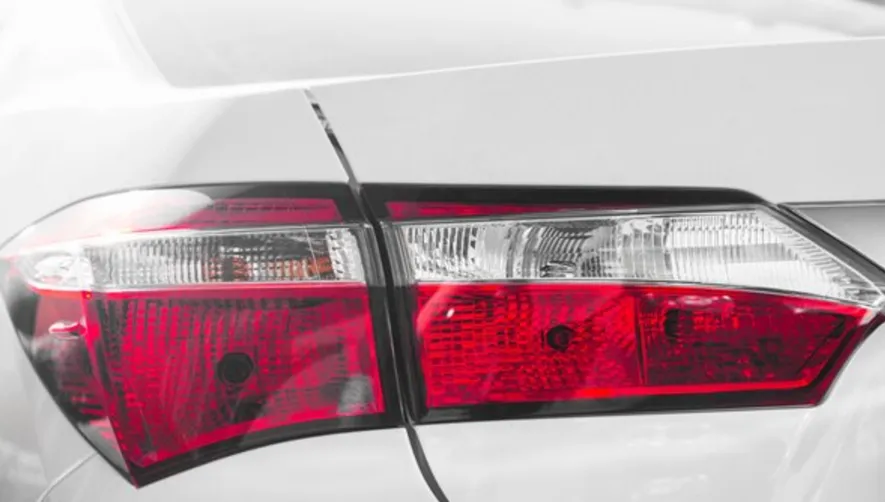
Durability and Performance Features of Tail Lamps
Longevity is a natural characteristic of good-quality tail lamps. A lamp must remain operational for a large number of years irrespective of exposure to fluctuating ambient conditions like high heat, cold, moisture, and shock.
Weather Resistance
Weatherproof enclosures for tail lamps exclude water, dust, and road dirt so they operate effectively in rainy, snowy, or dusty weather. Water may cause electrical failure, corrosion, and lens fogging, which reduce the light output and increase the safety risk. High-quality tail lamps are made with robust materials and tight seals in order to be resistant to these issues, such as giving consistent performance in all climates or driving conditions. Weather-tight design ensures that drivers can rely on their tail lamps to function in every season and at every location.
Impact and Vibration Resistance
Tail lamps need to handle the physical aspects of daily operation, including small bumps, road rubbish, and shock from rough roads. Good lamps are constructed using robust housings and durable materials that can withstand shocks without affecting the building of the lamp. Such durability translates to fewer repairs and replacements, hence the tail lamp not only being an efficient safety feature but a cost-effective vehicle maintenance component as well. When driving under adverse conditions, such resilient lamps continue to emit bright and true illumination.
Energy Efficiency and Longevity
Modern LED and OLED taillamps consume very little power and utilize much less energy than conventional halogen bulbs. This helps decrease the load on a vehicle’s electrical system, improving fuel economy or electric car battery longevity. LEDs also have a longer lifespan, usually running more than 50,000 hours, reducing replacement expenses. The combination of efficiency, low maintenance, and high performance of new tail lamps as a cost-effective and environmentally friendly solution for motorists who want both economy and safety.
Technological Advancements in Tail Lamps
Innovative new tail lamp designs harness advanced technologies to deliver better performance, functionality, and aesthetics. Emerging trends in lighting, connectivity, and smart integration are shaping the future of car rear lights.
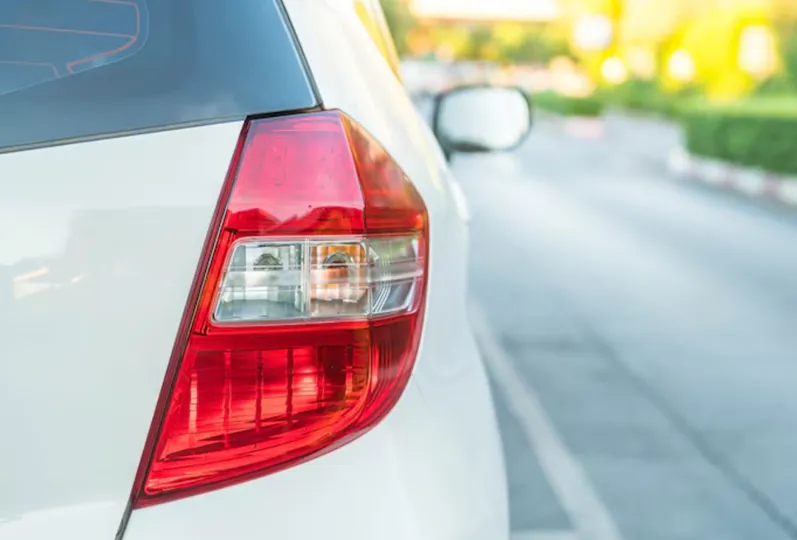
Adaptive Lighting
Adaptive taillamps adjust brightness dynamically in relation to ambient light conditions or vehicle speed. It avoids glare for other drivers but provides maximum visibility in any scenario. Some systems adjust lighting patterns dynamically to enhance signaling when turning or braking, offering higher safety compared to static lights. Adaptive lighting ensures that taillamps perform optimally in real conditions without the need for driver intervention.
Smart Integration
Modern tail lamps may be integrated into a vehicle’s electronic systems in order to offer intelligent functions such as automatic brightness, emergency brake warning, and coordinated lighting with other networked systems. Intelligent tail lamps share data with onboard sensors to change their action, enhancing driving quality while enhancing safety. It also allows designers to experiment with animated or sequential light patterns, allowing the rear of the vehicle to be both functional and attractive.
Innovative Styling Options
Flexible LEDs and fiber optics provide new opportunities for creative styling in tail lamp design. These technologies enable designers to produce fine, dynamic patterns that were previously impossible with traditional bulbs. Flexibility brings both greater visibility and beauty, allowing vehicles to be seen on the road without compromising safety. The ability to balance performance with style has made tail lamps an essential feature for function and image on modern vehicles.
Conclusion
Tail lamps are a great deal more than lights—those long-lasting lights are vital safety devices, design elements, and technical advancements. From increased visibility and expression of intention to enhanced vehicle styling, high-quality tail lamps contribute significantly to ensuring a safe and stylish ride. Recent technological advancements in LED, OLED, adaptive headlamp, and smart integration have evolved tail lamps into premium car features that combine performance, reliability, and design superiority. Choosing and maintaining high-quality taillamps ensures road safety, reduces maintenance costs, and enhances the auto’s visual appeal, making them a wise and essential investment for every driver. Welcome to visit us at Mercedes-Benz BMW Headlight, tail light mill, body kit OEM&ODM factory manufacturer to learn more details.

